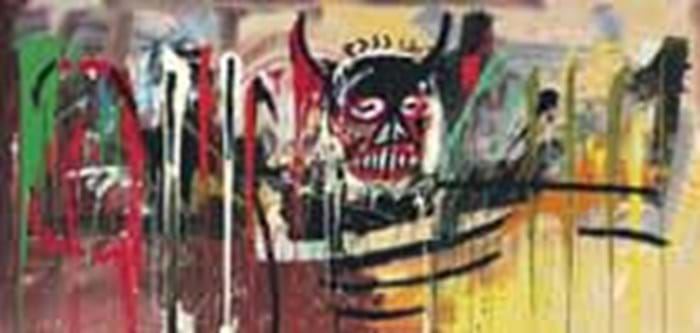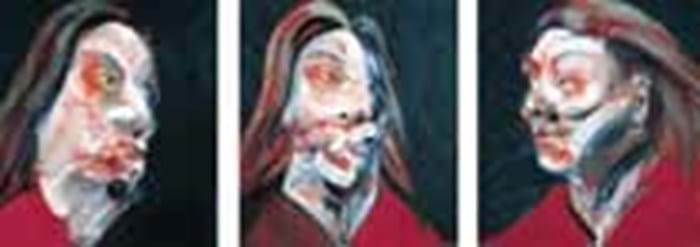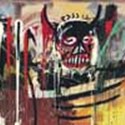This June Sotheby's and Christie's both turned over a cool £19m at their Part I and II sales in London. October's Frieze Art Fair will present the major salerooms (including Bonhams) with another opportunity to mount substantial contemporary auctions. These, combined with the sales which Sotheby's and Christie's hold in February, add up to a triannual schedule of London sales that may well be turning over £100m a year before too long.
The attractions of Contemporary art for new collectors are clear enough. Quite apart from the fact that nothing looks better on the walls of today's cool white interiors, Contemporary art, unlike fine Old Masters or 18th century British pictures, is a plentiful, fashionable, renewable - and above all profitable - commodity whose values can be regularly monitored on any number of databases.
In relative terms, it is also affordable.
As Howard Rutkowski, head of Bonhams Modern and Contemporary department, pointed out in last week's Art Market, "a million pounds won't buy you much in the Modern market, but it will in the field of Contemporary."
Collectors' increasing obsession with the Next Big Thing - and the financial rewards that will go with the discovery of the next Damien Hirst - has, however, placed the major auction houses in an interesting position. Over the last two or three years, Sotheby's and Christie's have tended to rely heavily on established European "classic contemporary" names such as Gerhard Richter, Lucio Fontana, Nicolas de Stael, and Yves Klein with only a smattering of carefully selected, cutting-edge pieces to give the sales a more fashionable flavour.
This tried-and-trusted formula duly produced selling rates of 90 per cent at both Sotheby's and Christie's Part I sales, but the atmosphere was, if anything, slightly less feverish than it was six months ago which may or may not reflect the fact this classic commercial format is not as perfectly in tune with collectors' tastes as it once was.
But for the moment at least, regardless of when exactly it has been produced within the last 50-odd years, pretty well everything attracts a buyer easily enough.
This time round, not only did Sotheby's and Christie's both register the same total at their Part I sales, but both sales were topped by paintings that sold for just a shade over £2m.
On June 23 at Sotheby's (20/12% buyer's premium) the enormous acrylic on canvas shown top right, by Jean-Michel Basquiat (1960-1988) confounded concerns about cracks in the surface of the paint.
Measuring 7ft 10in x 14ft 9in (2.29 x 5m), Untitled, signed and dated Moena 82, sold in the room to a buyer, widely rumoured to be the Gagosian Gallery, at a mid-estimate £2.2m.
The following evening at Christie's (19.5/12% buyer's premium) the New York dealer Bill Aquavella was prepared to bid £2.1m (estimate £1.5-2m) for Francis Bacon's (1909-1992) 1966 oil on canvas triptych, shown bottom right, Three Studies of Isabel Rawsthorne, each of which measured 14 x 12in (35 x 30cm).
Not seen on the market since 1971, the triptych was given an extra dimension of rarity value.
It had the distinction of being a portrait of, as Christie's put it, "the only woman with whom Bacon ever even attempted to have sex."
As formula sales total £39m, who will discover the next big thing?
WITH selling rates that rarely dip below 80 per cent and steadily increasing totals that are the envy of more traditional departments, auctions of Contemporary art continue to go from strength to strength.








